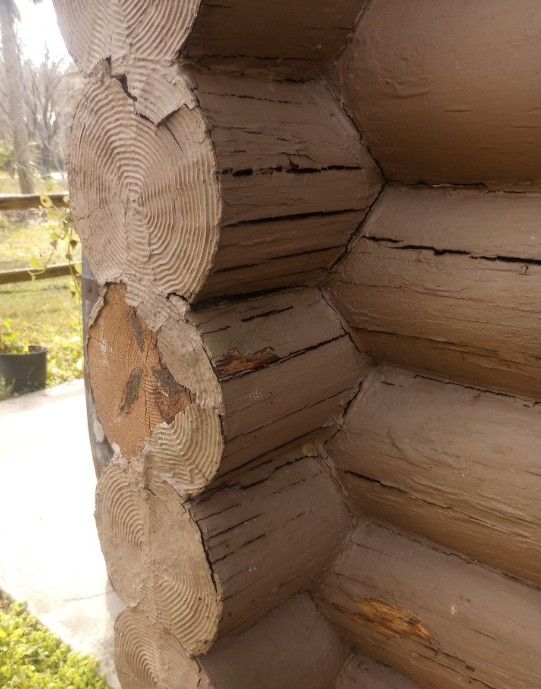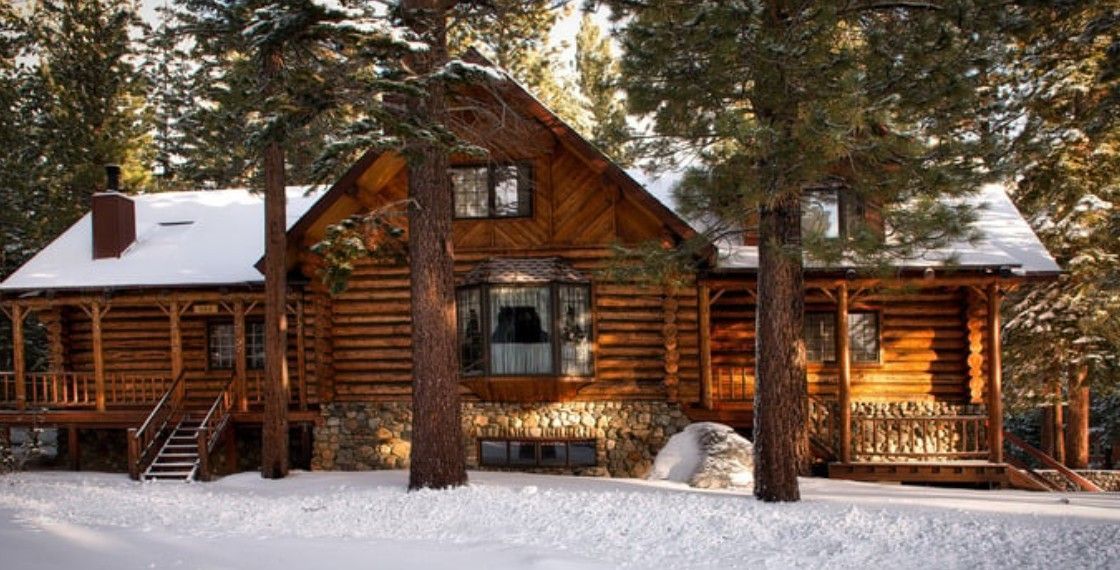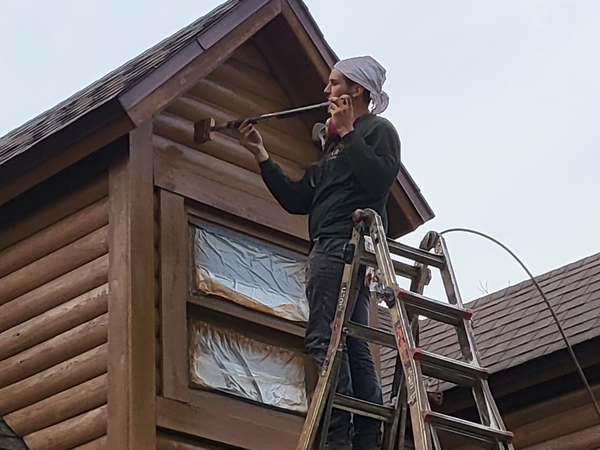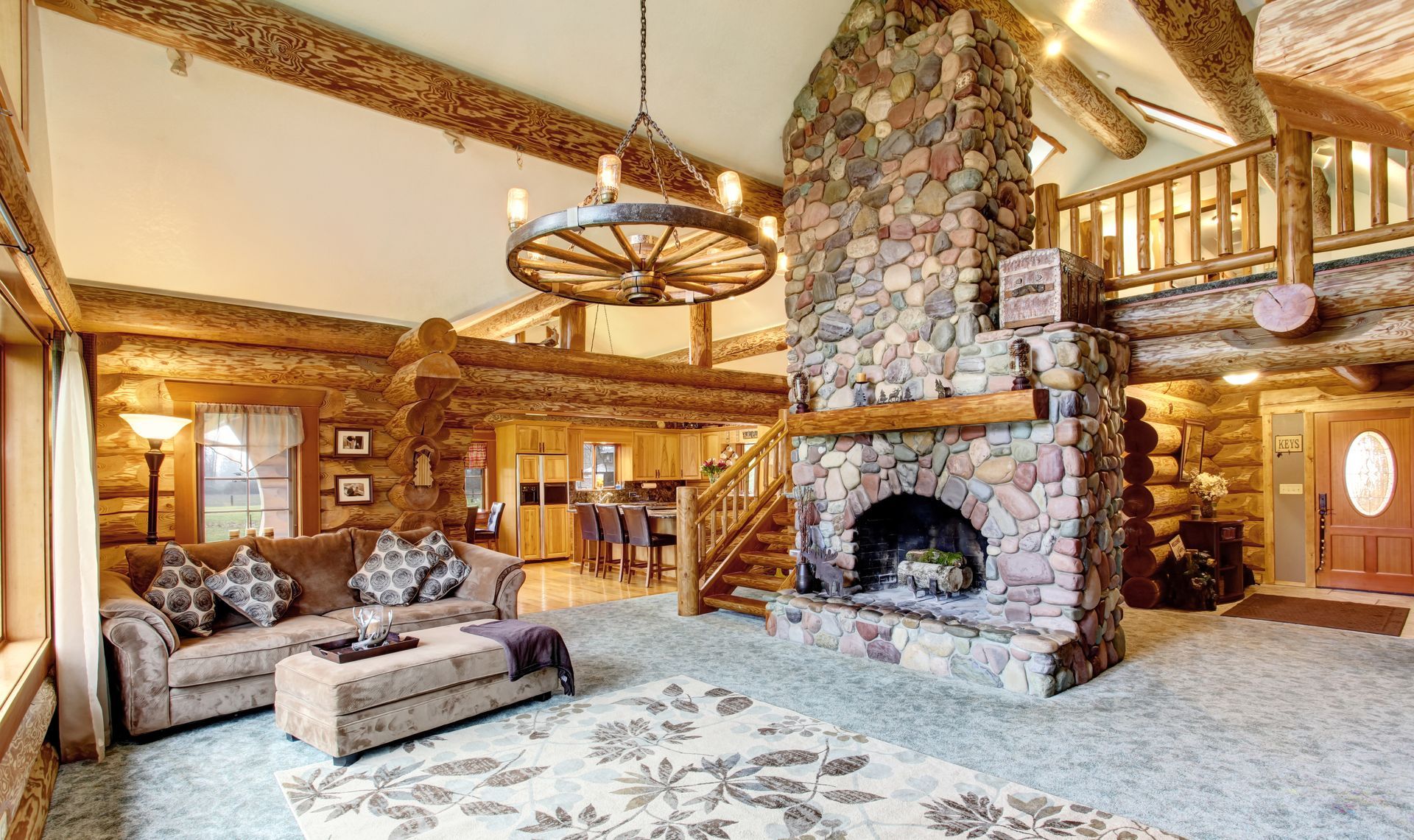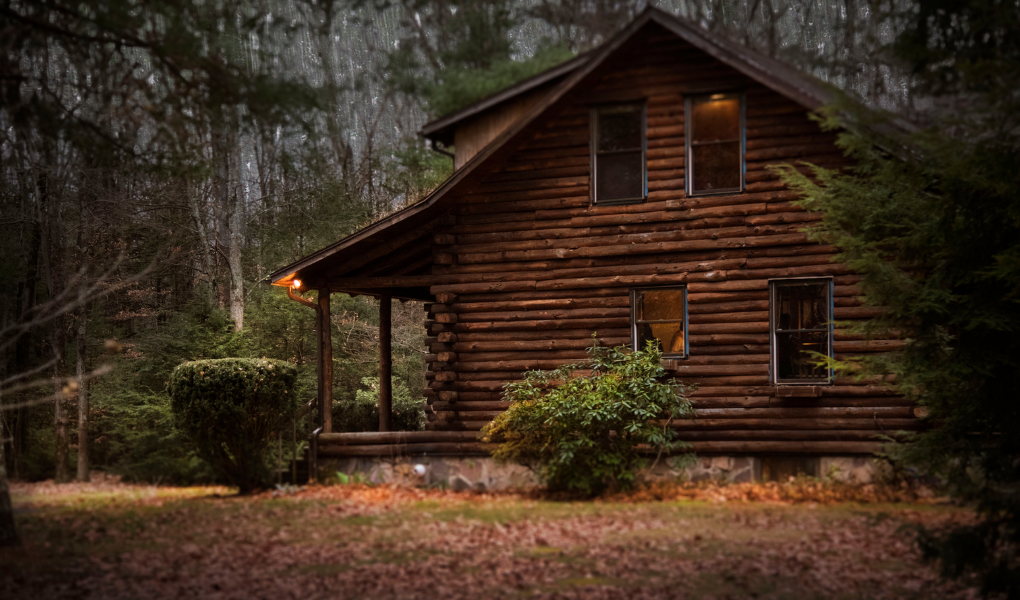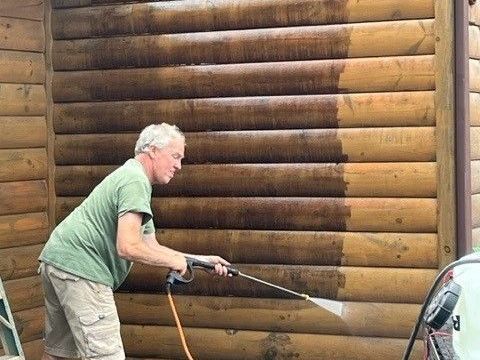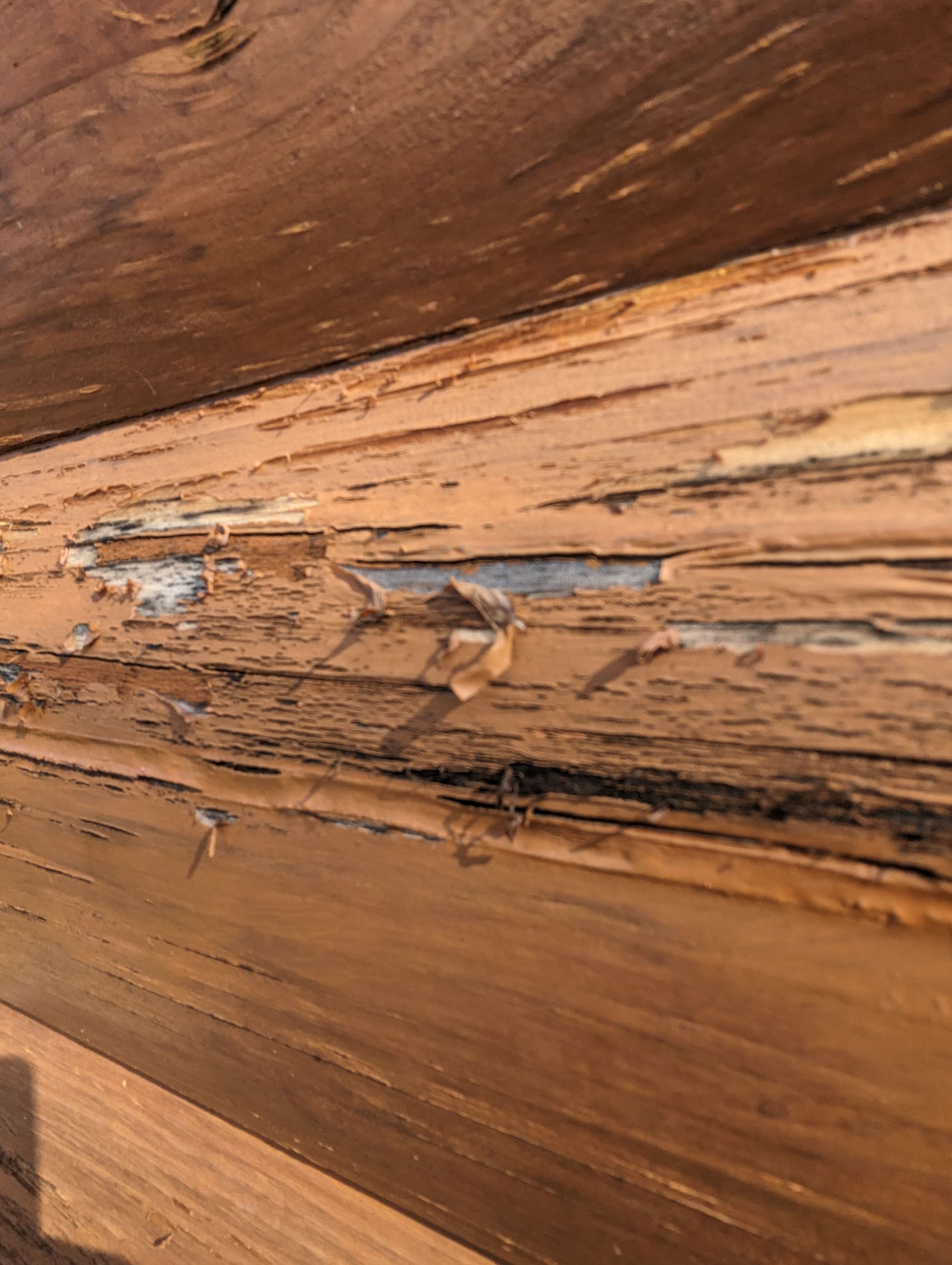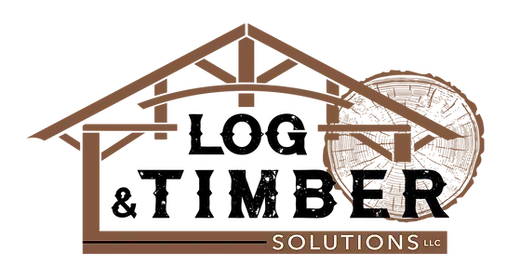The History of Log Cabins: From Frontier Homes to Modern Retreats
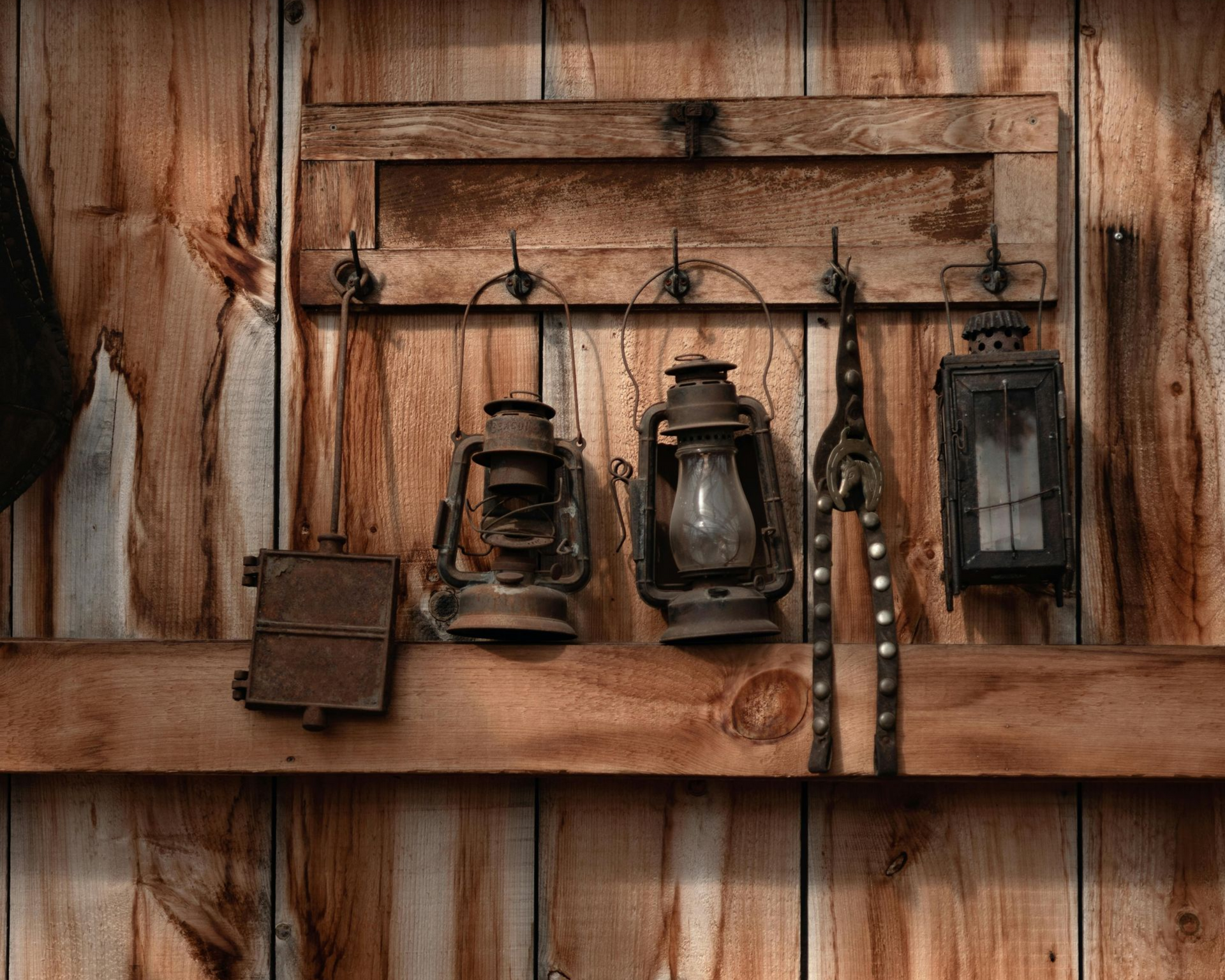
Rustic yet timeless, log cabins evoke a sense of heritage, craftsmanship, and simplicity that few architectural styles can match. While they often symbolize serene escapes in the woods today, log cabins have a rich history that goes far beyond their modern-day image. These wooden dwellings have evolved from practical frontier homes to luxurious modern retreats, all while maintaining their distinctive charm.
How did they go from rugged shelters to bespoke retreats? Let's walk through the fascinating history of log cabins and explore how they’ve transformed over the centuries.
The Origins of Log Cabins
Early Roots in Europe
The earliest known log structures trace back to Northern and Eastern Europe. Scandinavia, in particular, is credited with pioneering log construction methods as far back as the Bronze Age. Dense forests provided ample timber, which was naturally suited for crafting sturdy homes to withstand harsh winters. Skilled builders used simple tools to notch and stack logs, creating tightly fitted, durable structures.
When European settlers brought their log-building knowledge to North America in the 17th century, they set the stage for the log cabin's iconic role in the New World.
Frontier Homes of the New World
For colonists trekking across the uncharted American frontier, log cabins were more than homes; they were a necessity. Affordable, durable, and relatively quick to construct, log cabins fulfilled the urgent need for shelter in a rugged environment. They symbolized independence, resourcefulness, and survival.
These early cabins were often small, single-room structures with a focus on practicality. They featured simple dirt floors, wooden shutters, and central fireplaces for warmth. Pioneer families used what they had on hand, building cabins from native hardwoods like oak and pine.
The first log cabins in America were built around 1640 by Swedish and Finnish settlers in the colony of New Sweden, located along the Delaware River. These settlers brought centuries-old log-building techniques from Scandinavia, where this style of construction had deep roots. One of the oldest surviving log cabins in the United States is the C.A. Nothnagle Log House in New Jersey, built between 1638 and 1643. This historic structure, crafted with durable oak logs, stands as a remarkable example of early log construction. It retains nearly all its original logs and features a distinctive Scandinavian-style asymmetrical fireplace.
Another noteworthy example is the Lower Swedish Cabin in Pennsylvania, built in 1640. Originally used as a trading post and later as a residence, it reflects the practicality and resourcefulness of the settlers who built it. These early log cabins were simple, single-room structures designed for efficiency and quick assembly. Logs were stacked horizontally and interlocked at the corners using notched joints. To insulate the cabins, settlers filled the gaps between logs with a mixture of mud or clay, a technique known as chinking.
Maintaining Early Log Cabins
Caring for these early log cabins was a hands-on, labor-intensive process that relied on the ingenuity and resourcefulness of the settlers. Regular maintenance was essential to ensure the cabins remained sturdy and livable, even in the harsh conditions of the American frontier. This dedication to upkeep allowed these structures to endure and stand as testaments to the craftsmanship and resilience of their builders.
Architectural Evolution
From Necessity to Comfort
By the 19th century, the design of log cabins began to evolve in response to changing lifestyles. Cabins grew larger, becoming multi-room homes with more amenities. Sawmill technology made it possible to produce milled logs, improving the precision and uniformity of construction. This period marked a shift from purely functional designs to homes that balanced utility with comfort.
Regional variations also emerged, influenced by climate, resources, and cultural traditions. For example, Appalachian log cabins were typically built on raised foundations to endure humid conditions, while Midwestern cabins often included deeper porches to provide shade.
The Rustic Revival
The late 19th and early 20th centuries saw a "rustic revival" that elevated log cabins from humble farm homes to recreational retreats for urban dwellers. This movement was fueled by a growing romanticism for simpler living and a desire to reconnect with nature. Log cabins became synonymous with outdoor leisure, lining the lakes and forests of resort areas.
Advancements in construction techniques during this era led to more intricately designed cabins. Features like stone chimneys, handcrafted details, and expansive porches became hallmarks of this style. National parks adopted similar designs for lodges and cabins, further embedding the log cabin aesthetic into American culture.
Log Cabins in Modern Times
Blending Rustic and Modern
Today, log cabins have undergone a remarkable transformation. Modern construction techniques and materials allow for a seamless blend of rustic charm with contemporary convenience. Open floor plans, large windows, and smart home technology are common features in today’s log cabins, catering to comfort while maintaining a connection to nature.
From Retreats to Residences
Log cabins are no longer limited to vacation homes. Many homeowners value the sustainability and energy efficiency of log homes, making them a viable option for permanent residences. Engineered logs, better insulation techniques, and advances in stains and finishes have enhanced the durability and efficiency of these structures.
Versatility and Customization
One of the greatest appeals of modern log cabins is their adaptability. Whether you’re dreaming of a compact getaway or a sprawling lodge, today’s cabin designs can be tailored to suit every need. They come in all shapes and sizes, from minimalist tiny homes to luxurious estates with spa-like amenities. Whatever the style, log cabins remain deeply rooted in craftsmanship and natural aesthetics.
The Cultural Legacy
A Symbol of Resilience
Log cabins hold a unique place in cultural history. They’re often seen as symbols of resilience, independence, and pioneering spirit. Figures like Abraham Lincoln and Andrew Jackson are famously associated with their humble log cabin beginnings, further solidifying the image of log homes as a representation of self-made success.
Romanticized Escapes
Pop culture has also embraced the log cabin lifestyle. From movies to literature, cabins are often portrayed as idyllic escapes from busy modern life. This romanticized image has only fueled their popularity, drawing more people to seek solace and connection in nature.
Why Log Cabins Endure
Log cabins have stood the test of time for a reason. Their appeal lies not only in their practicality but also in their timeless beauty and versatility. They bridge the past and the present, offering modern luxuries while preserving a sense of heritage.
If you’re inspired by the idea of owning a log cabin, whether as a weekend getaway or a dream home, there’s no better time to explore the endless possibilities. At
Log & Timber Solutions, we specialize in helping you bring your vision to life. From input on custom designs to
log cabin maintenance and restoration, we’re here to support every step of your log cabin journey.
Modern-day log cabin maintenance has evolved significantly from the early days. Here's how it differs:
1. Chinking and Sealing
- Then: Early settlers used natural materials like moss, mud, or clay for chinking and daubing, which required frequent reapplication as they cracked or eroded.
- Now: Modern cabins use synthetic chinking materials, such as flexible acrylic compounds, which are durable, weather-resistant, and require far less maintenance.
2. Log Treatment and Preservation
- Then: Settlers relied on natural preservatives like animal fat, oil, or tar to protect logs from rot and insects. Logs were often left untreated, leading to faster decay.
- Now: Logs are pre-treated with advanced wood preservatives, stains, and sealants that protect against UV rays, moisture, mold, and pests. These treatments can last for years before reapplication is needed.
3. Flooring / Foundations
- Then: Cabins were often built directly on the ground or on simple stone supports, making the logs vulnerable to moisture and rot.
- Now: Modern log cabins are built on concrete or stone foundations with proper drainage systems, keeping the logs elevated and dry, which significantly extends their lifespan.
4. Roofing
- Then: Roofs were made of bark, thatch, or wooden shingles, which were prone to leaks and required frequent repairs.
- Now: Modern cabins use durable roofing materials like metal, asphalt shingles, or composite materials that are weather-resistant and require minimal upkeep.
5. Pest Control
- Then: Settlers used natural deterrents like herbs or physical barriers to keep pests at bay, often with limited success.
- Now: Modern pest control includes chemical treatments, borate solutions to prevent insect infestations, and pest-resistant construction materials. Regular inspections and professional pest control services are also common.
6. Weatherproofing
- Then: Settlers relied on basic methods like hanging animal hides or cloth over windows and doors to block drafts.
- Now: Modern cabins feature double- or triple-pane insulated windows, weatherstripping, and advanced insulation materials to maintain energy efficiency and comfort.
7. Cleaning and Maintenance
- Then: Cleaning was done manually with basic tools, and maintenance was reactive, addressing issues as they arose.
- Now: Pressure washers, specialized wood cleaners, and protective coatings make log cabin cleaning easier and more effective. Preventive maintenance schedules are common, reducing the likelihood of major repairs.
8. Structural Repairs
- Then: Replacing a damaged log was a labor-intensive process, often requiring the use of hand tools and raw materials.
- Now: Modern tools and techniques, such as epoxy fillers, log repair kits, and professional restoration services, make repairs quicker and more efficient. Replacement logs are often pre-treated and custom-milled to match the original structure.
9. Fire Safety
- Then: Fireproofing was minimal, with open fireplaces and wooden chimneys posing significant risks.
- Now: Modern cabins incorporate fire-resistant materials, advanced chimney systems, and smoke detectors. Fire retardant treatments for logs are also available.
10. Technology Integration
- Then: Cabins were simple, with no utilities or modern conveniences.
- Now: Modern log cabins often include smart home technology, HVAC systems, and energy-efficient appliances, all of which require their own maintenance but enhance comfort and functionality.
11. Professional Services
- Then: Maintenance was entirely DIY, relying on the skills and resources of the cabin owner.
- Now: Professional log home maintenance companies like Log & Timber, offer services like inspections, cleaning, staining, and repairs, making it easier for owners to keep their cabins in top condition.
Own Your Own Cabin?
Keep your log home maintained by reaching out to
Log & Timber Solutions. Whether you’re restoring a piece of history or need some cabin maintenance, our team has the expertise to make it happen. Yesterdays are fun to imagine but we can help take care of the dirty work and keep your cabin looking great.
FAQs About the History of Log Cabins
What is the best way to maintain the rustic charm of a log cabin while incorporating modern features?
The best approach is to balance traditional materials like natural wood with modern conveniences such as energy-efficient insulation, large windows, and smart home technology. This way, you can preserve the authentic look while enjoying contemporary comforts.
Why do log cabins remain popular throughout history?
Log cabins endure because of their versatility, natural aesthetic, and ability to adapt to different climates and lifestyles. Their timeless appeal and connection to nature make them a symbol of both heritage and modern-day tranquility.

